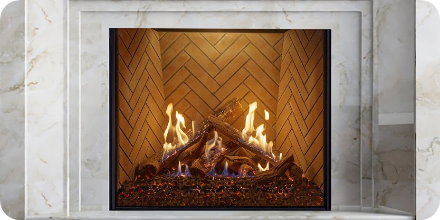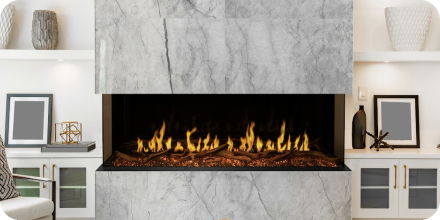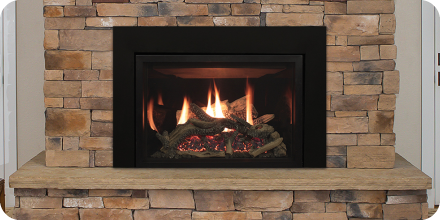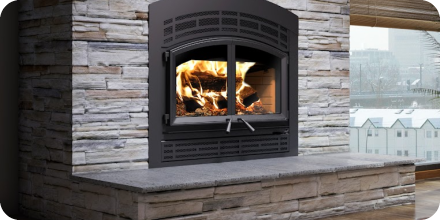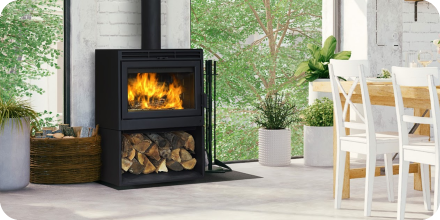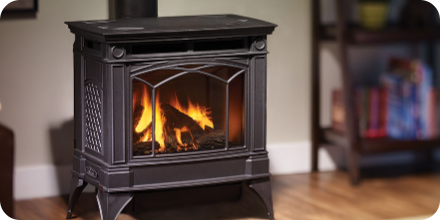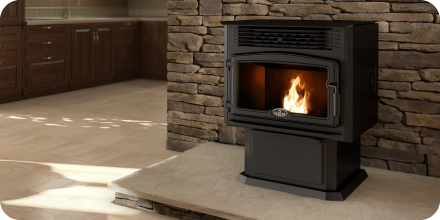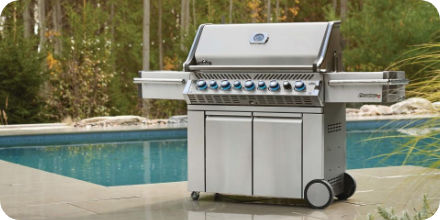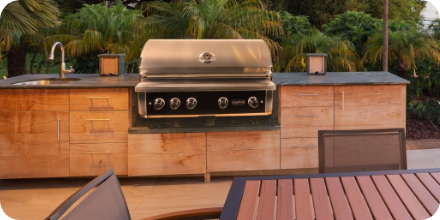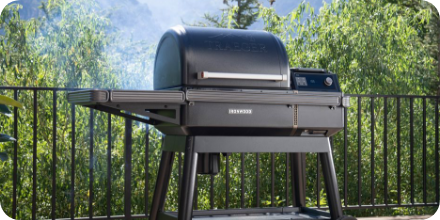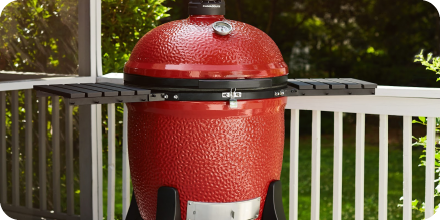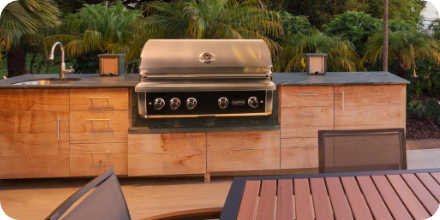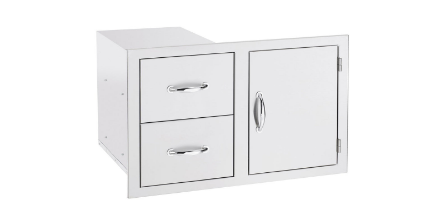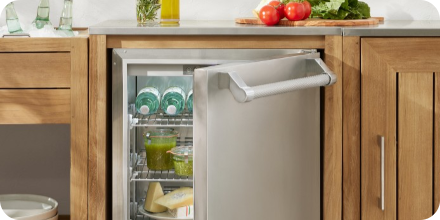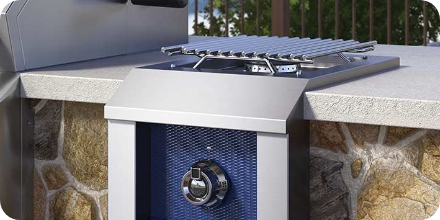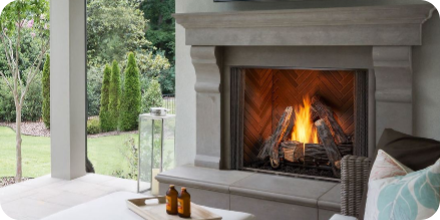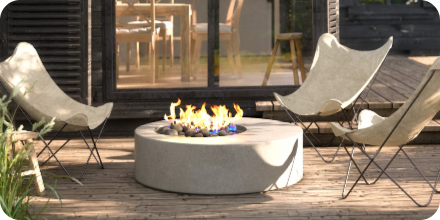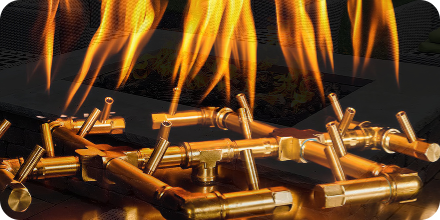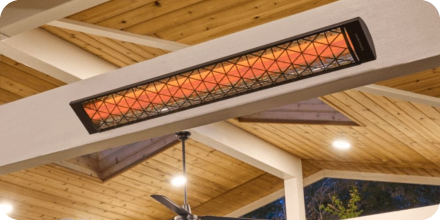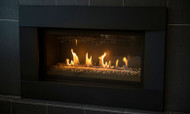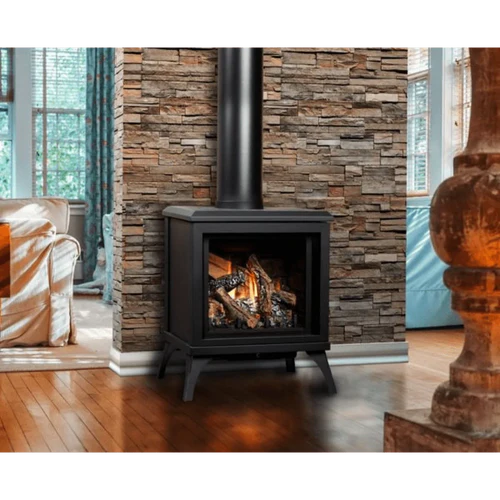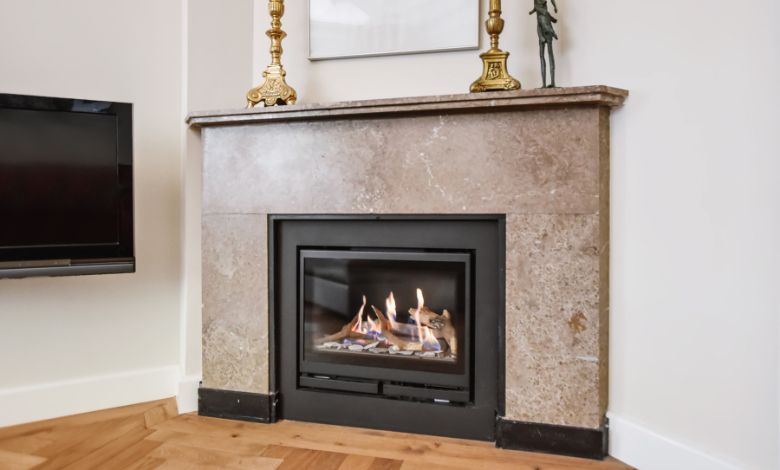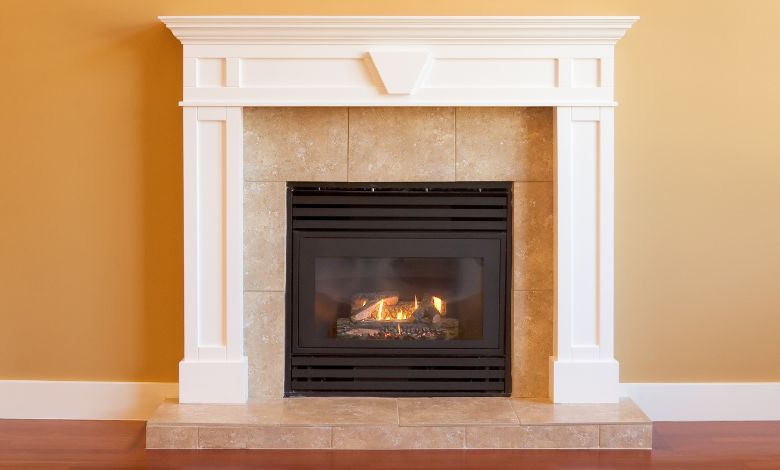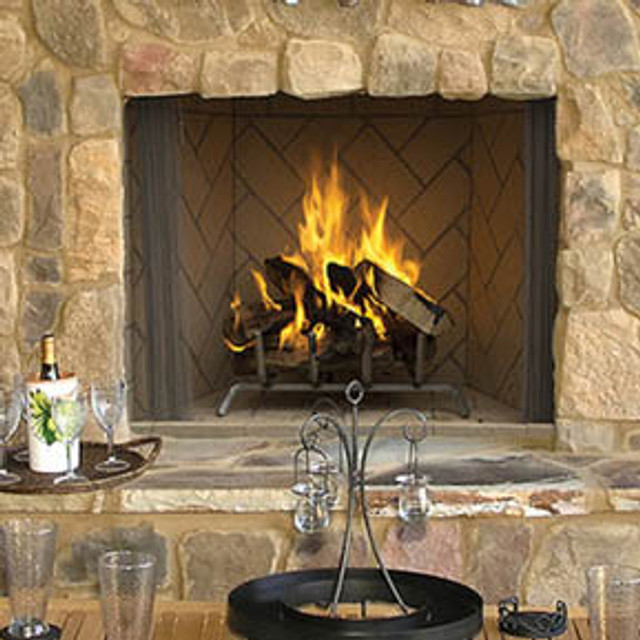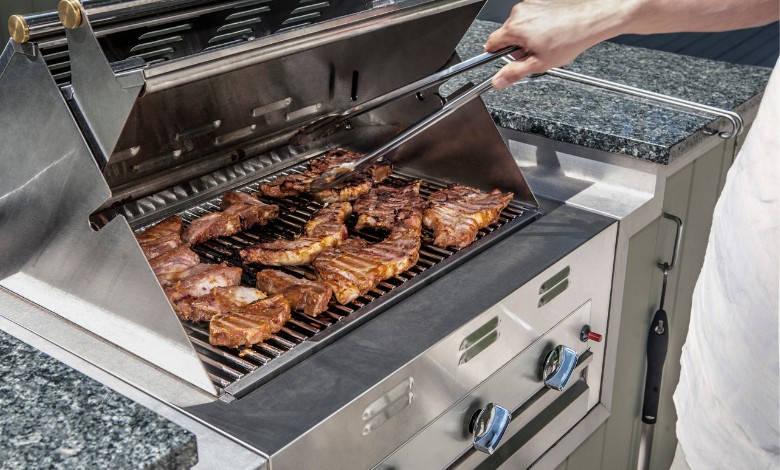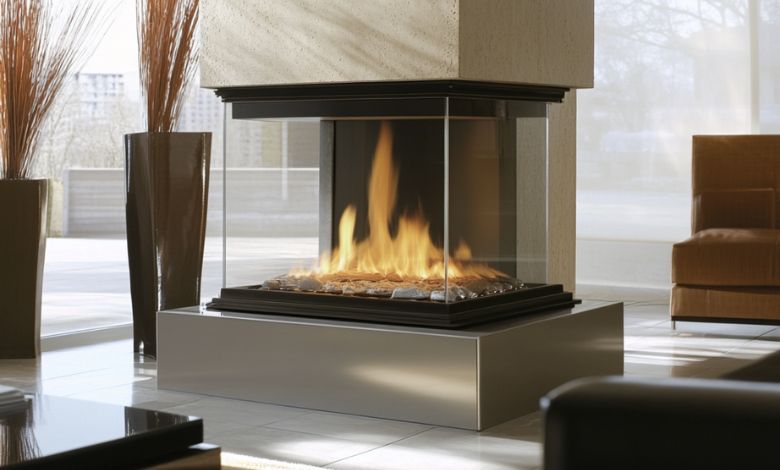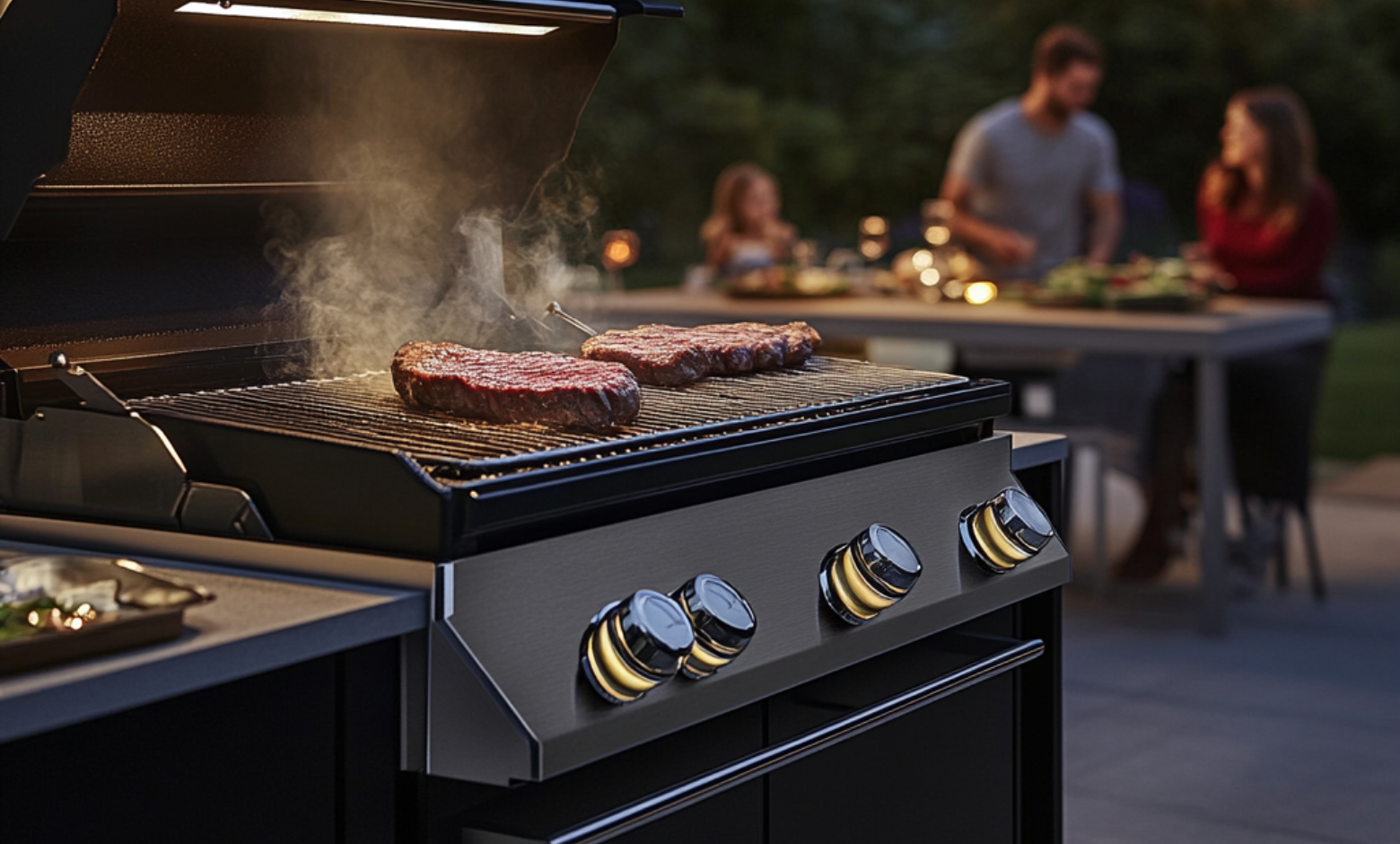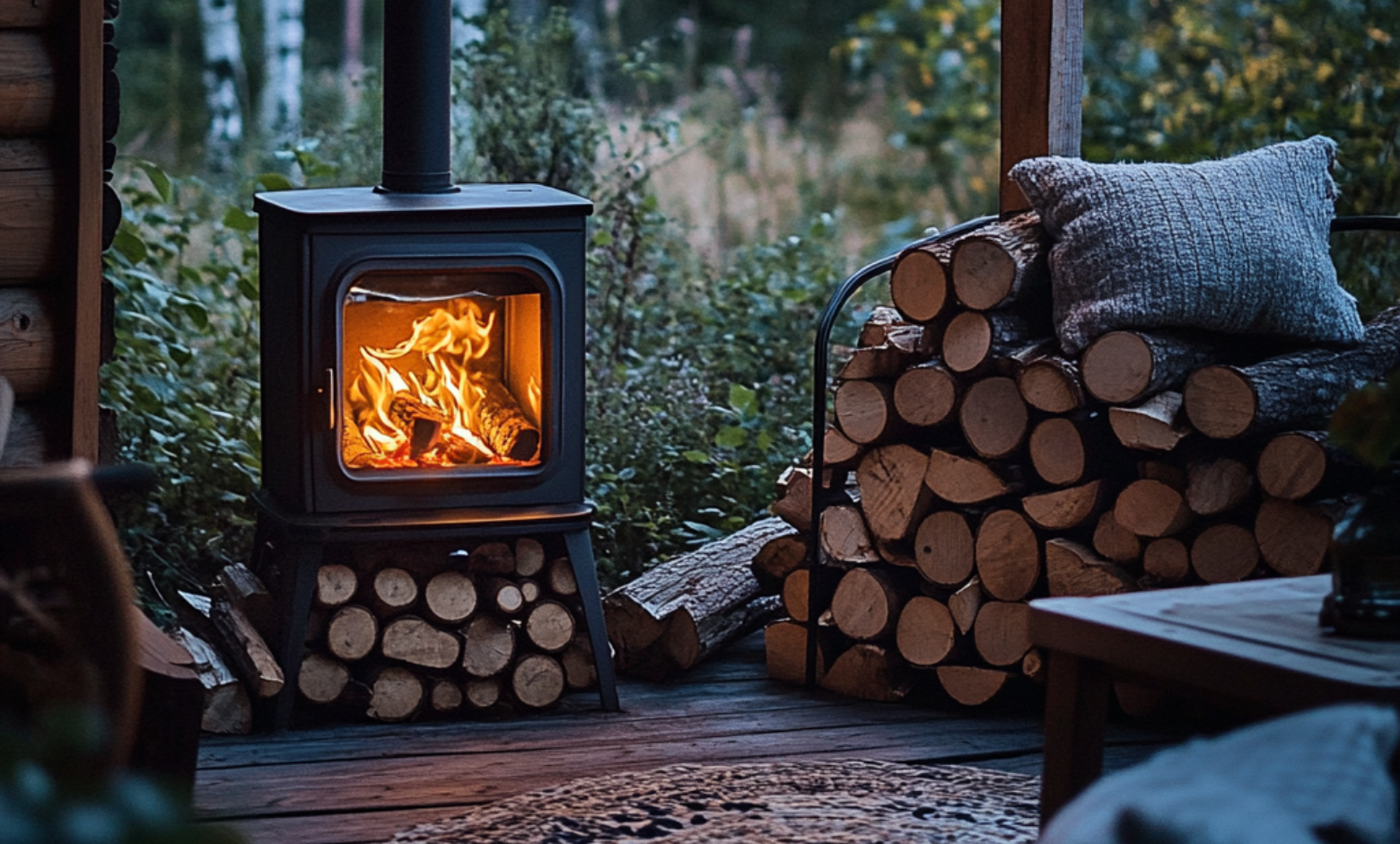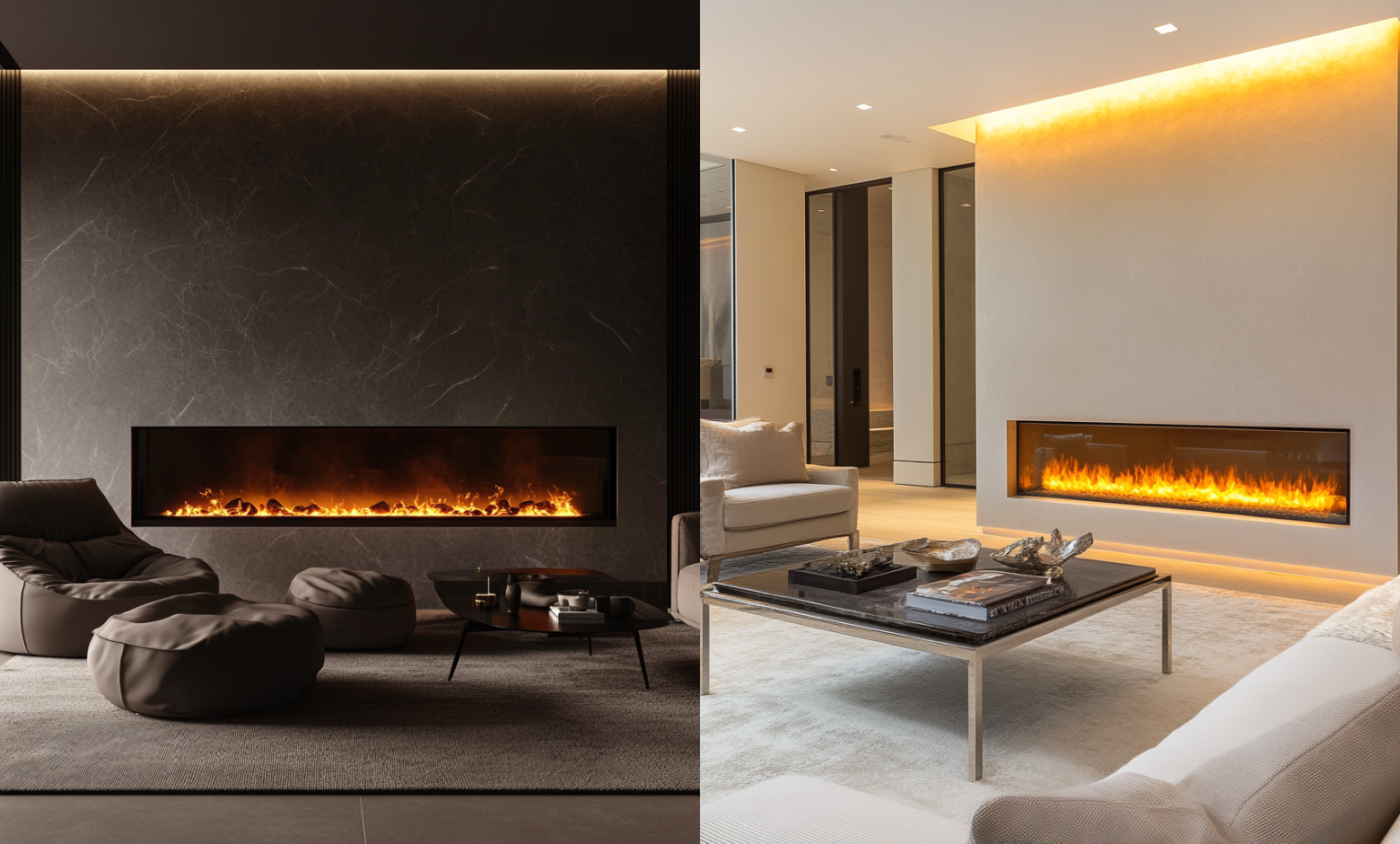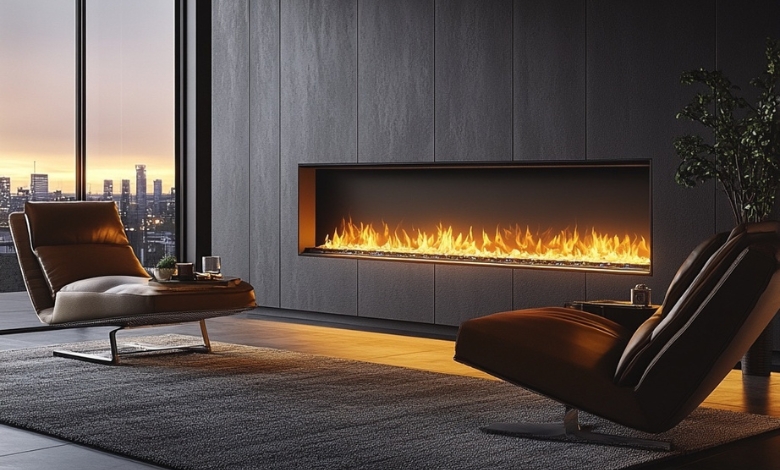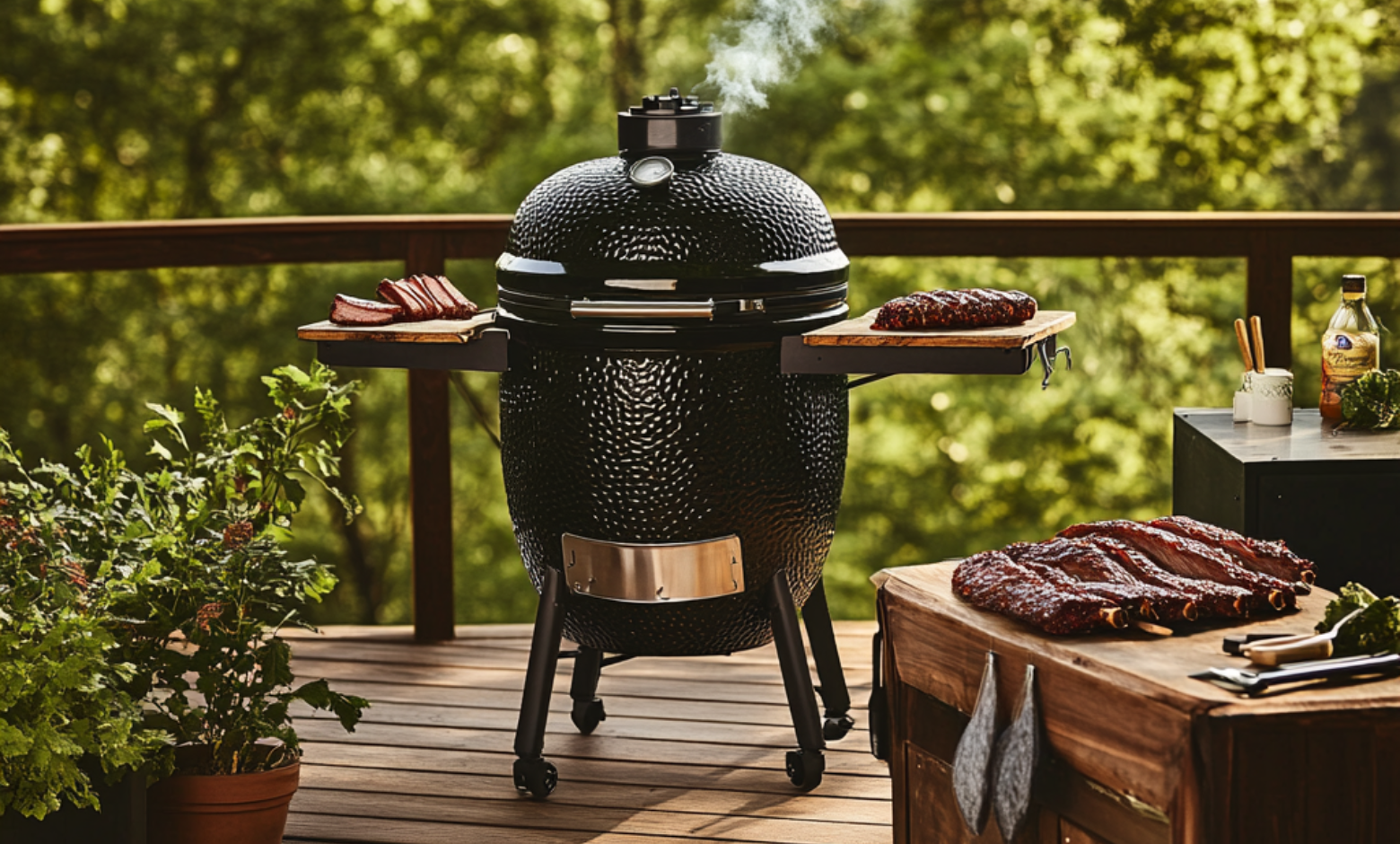Maximizing the Potential of Your Gas Fireplace: Modern Solutions for Heat and Style
Posted by Anna William on Feb 3rd 2025
Gas fireplaces have become a staple in modern home design, combining the ambiance of a traditional fire with the efficiency and convenience of gas. However, managing heat distribution and ensuring safety while maintaining aesthetic appeal can be a challenge. This guide offers innovative solutions for optimizing your gas fireplace, from heat redirection to creative design ideas.
1. The Heat Challenge: Where Does It Go?
Gas fireplaces bring warmth and elegance, but they also generate significant heat that can pose issues for design and functionality. Common concerns include:
-
TV Placement: Installing a TV close to the fireplace can risk heat damage.
-
Artwork or Wood Fixtures: Prolonged exposure to heat can warp wood or discolor finishes.
-
Heat Management: Diverting excess heat to maintain a comfortable living space.
2. Smart Solutions for Heat Management
Mantel Adjustments
Traditional wood mantels act as heat deflectors but are limited by combustibility. To address this, consider concrete mantels that mimic wood textures but withstand higher temperatures. These mantels allow closer installation to the fireplace without compromising safety.
Dynamic Heat Control
For homes where aesthetics are a priority, systems like Dynamic Heat Control bypass excess heat. This setup directs warmth away from the fireplace and up into hidden wall vents, preventing overheating and protecting nearby electronics or décor.
Heat Venting Options
If direct heat output isn’t suitable, here are three ways to redirect heat:
-
Top Venting with Airflow Gaps: Utilize open designs at the top of the fireplace wall for heat dissipation.
-
Sidewall Vents: Discreet side vents channel heat away from the primary viewing area.
-
Heat Dumps: A fan-assisted system expels heat outdoors or into unused areas. This option is ideal for warmer climates where less indoor heating is required.
3. Enhancing Efficiency: Heating Multiple Rooms
Some advanced gas fireplaces can distribute heat to adjacent rooms using ductwork. However, this approach has limitations:
-
Proximity Matters: Heating nearby spaces is more effective than trying to distribute heat across a large home.
-
Convection Blower Considerations: While blowers move heat, they also cool it slightly, reducing efficiency over long distances.
For best results, focus on zone heating, where the fireplace warms the room it’s in, ensuring comfort in high-use areas like living rooms without overwhelming other parts of the house.
4. Design Meets Functionality
Today’s gas fireplaces cater to both style and practicality. Designers are getting creative with installations, allowing homeowners to:
-
Place TVs with cooling kits closer to fireplaces.
-
Incorporate fireplaces into modern layouts without sacrificing functionality.
-
Use open spaces and lighting tricks to disguise ventilation gaps for a seamless look.
5. Tailored Solutions for Every Home
The ideal fireplace setup depends on your specific needs. For instance:
-
Warm Climates: Opt for heat-dumping systems to maintain ambiance without overheating your space.
-
Cold Regions: Use a fireplace as supplemental heat to reduce furnace usage and improve efficiency.
-
Compact Spaces: Install linear fireplaces with minimal protrusion and sleek venting options.
Conclusion: Get Creative with Your Fireplace
Gas fireplaces are no longer just a source of heat but a centerpiece for design and innovation. Whether you’re in a cozy apartment or a sprawling mountain lodge, modern fireplaces offer countless ways to enhance comfort and style.
Ready to transform your living space? Explore Embers Living latest gas fireplace technologies and find the perfect solution for your home today!

